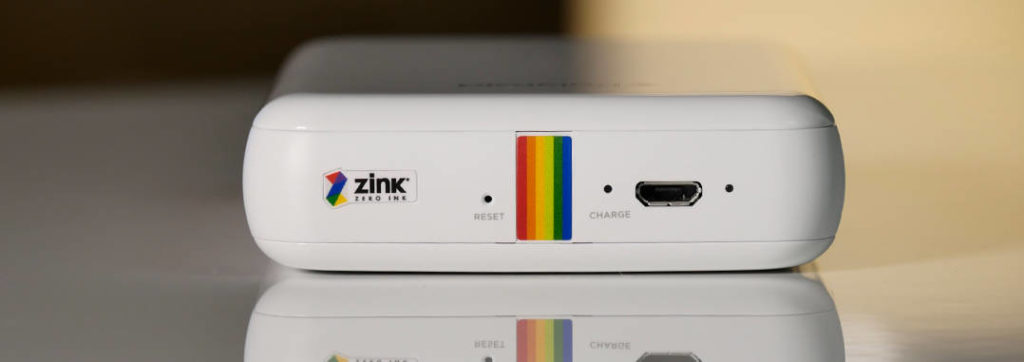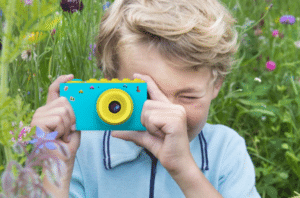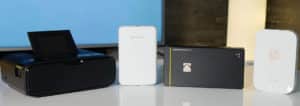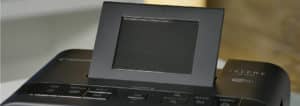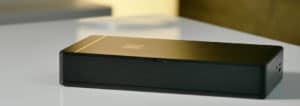Polaroid was founded in the United States back in 1937 and was Era of instant cameras to the generic name of the same. Since then, things have gone steadily downhill with the former industry leader. The switch to new product lines in the 90s did not succeed. In 2008, Polaroid stopped producing its instant cameras. In the near future, the company wants to offer a camera again with the OneStep 2. But today it's about that Polaroid Zip. Let's find out what Polaroid was up to during the break.
The Polaroid ZIP is the fastest printer in comparison, but can hardly be recommended to anyone due to the low print quality.
- SMARTPHONE MEMORIES BECOME REALITY - The Polaroid ZIP is...
- STUNNING RADIANT PRINTS - ZINK ZERO INK Printing technology needs...
- FREE POLAROID MOBILE APP – Do even more with your photos and...
Valuable is different
The Polaroid ZIP is primarily made of white plastic. At 186 grams, it belongs with the HP Sprocket compared to the lightest devices. With a height of 2,2 cm, a width of 7,5 cm and a length of 11,6 cm, it fits in any trouser pocket. At 186 grams, the ZIP is also one of the lightest devices in comparison. The zink logo is emblazoned on the front, next to it is the reset opening, the charging status LED, the mini USB port and another status LED. Opposite it is the pressure opening. The power button is on the right side. But the ZIP doesn't really feel high-quality. The back of the device does not attach precisely and the device rattles when shaken slightly. The white paint is vulnerable and scratches easily.
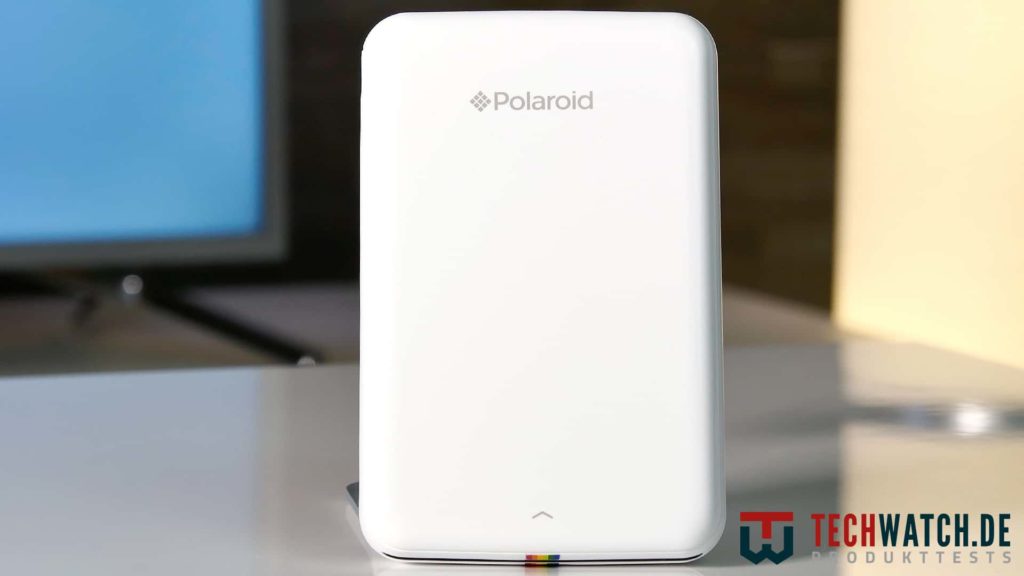
The Polaroid ZIP uses the "zinc - zero ink" technology which was developed as a project within Polaroid and has been operating as an independent company since 2005. All the materials needed for printing are in the paper. So no ink cartridges are needed. The papers sold by Polaroid cost €27,99 for 50 sheets, so €0,56 per image. This is significantly more expensive than Canon, but still cheaper than the competition, which is also based on zinc.
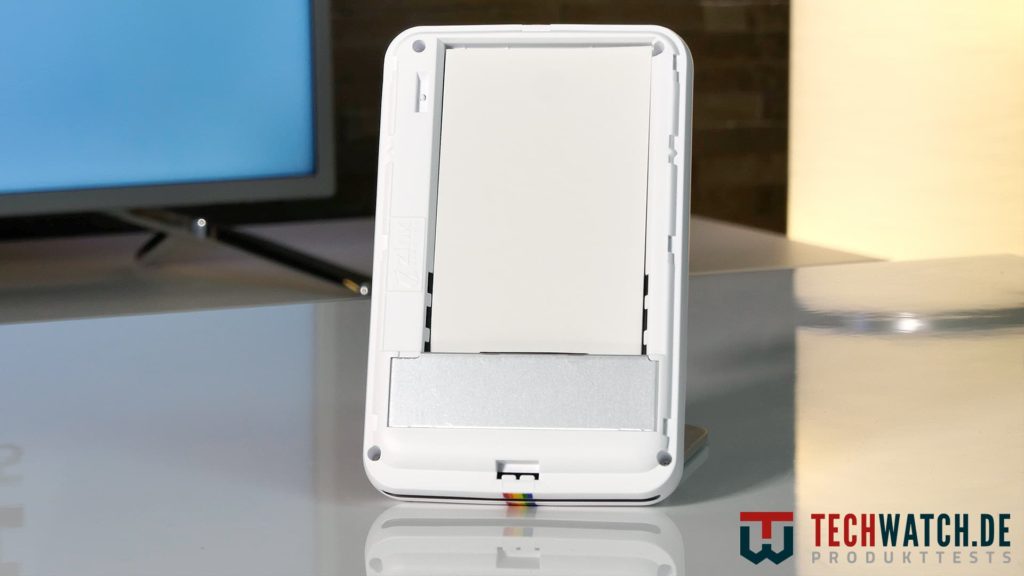
Good approaches
In order to print with the ZIP, the Polaroid Print APP must be loaded. The device can be set up via Bluetooth or NFC. Both work fine. You can quickly find your way around the app. There are six selectable items in the main menu. Quick print allows you to take pictures with the camera or select existing ones from the gallery and print them immediately. If you want to adjust your images before printing, you have to select Edit Print. The software conveniently displays a graphic that explains the operation. In addition to rotating and moving, brightness, contrast and colors can be adjusted here. Ready-made filters can also be selected. With the brush tool you can paint in the picture. However, if you want to awaken your inner Picasso, you should be safe, because the eraser is limited to the size of a pin and thus makes removing it a torture. Finally frames, emojis and symbols can be added. When it comes to creativity, nobody beats the Polaroid ZIP. However, the symbols in particular are not convincing with their particularly high quality or special wit. Since these are all add-ons, we don't want to be too harsh on our perfectionism.
In addition, "encrypted messages" can be created within images with the secret view. It is actually just a QR code that is printed on the image. In this example, the target group of the ZIP is relatively clear. For the older target group there is the possibility to print business cards. Unfortunately, there is a lack of customization options here. For example, the text cannot be moved to put it in the right position. If the template is created incorrectly, it doesn't fit at the back and front. The font color cannot be adjusted either and remains the default black. We don't understand why Polaroid then creates templates with a black background. Classic case of well intentioned but badly executed. A few hours more development time would have helped here. Ultimately, simple collages can be created. What we like here is that the images can be scaled without any problems. Unfortunately, the thick, white bars cannot be superimposed, so there is always a large gap between the images.
In terms of design, we only like the Polaroid Print APP to a limited extent. The graphics are low resolution, the icons aren't modern enough and the brushed aluminum style background is reminiscent of the bad times. Nevertheless, the app enables a lot and performs satisfactorily overall.
Printing made quick
The images of the Polaroid ZIP are 7,5 cm high and 5 cm wide. The ZIP thus produces the smallest images in comparison with the HP Sprocket. Due to the special zinc technology, the device does not have to draw in the images several times in order to apply different layers of paint. This benefits the speed of the photo printer. With 32 seconds per print process, the Polaroid is the fastest device in our comparison.

In terms of print quality, the Polaroid ZIP doesn't surprise us. The pictures are sufficient for amateur photographers with low demands. Overall, our test image looks a bit too dark, which can be seen above all from the red stripe on our color scale. The scanlines are recognizable but could be clearer. In the color gradient from black to white, the print shows a clear blue cast and stripes. Til Schweiger's picture looks unnatural and too rich in contrast. In the headphone image, no details can be seen in the background, of course also due to the size of the print. Other devices offer visibly to significantly better quality here.
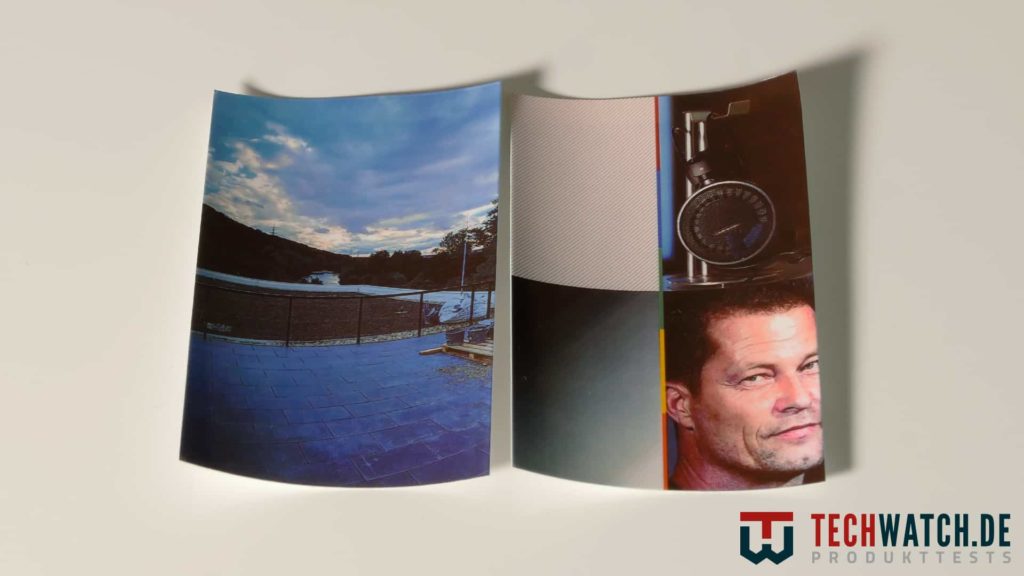
Overall, the Polaroid ZIP has its advantages. It is one of the lightest and most mobile devices in the photo printer test, prints the fastest and, at 56 cents per image, is the second cheapest option of the devices, albeit still significantly more expensive than the first-placed Canon Selphy at 29,5 cents per image. The ZIP's software is good, but shows weaknesses in important additional functions. The print quality isn't convincing and is at most sufficient for a private photo album. However, the ZIP should not print important snapshots that you want to remember. This makes the Polaroid ZIP difficult to recommend.
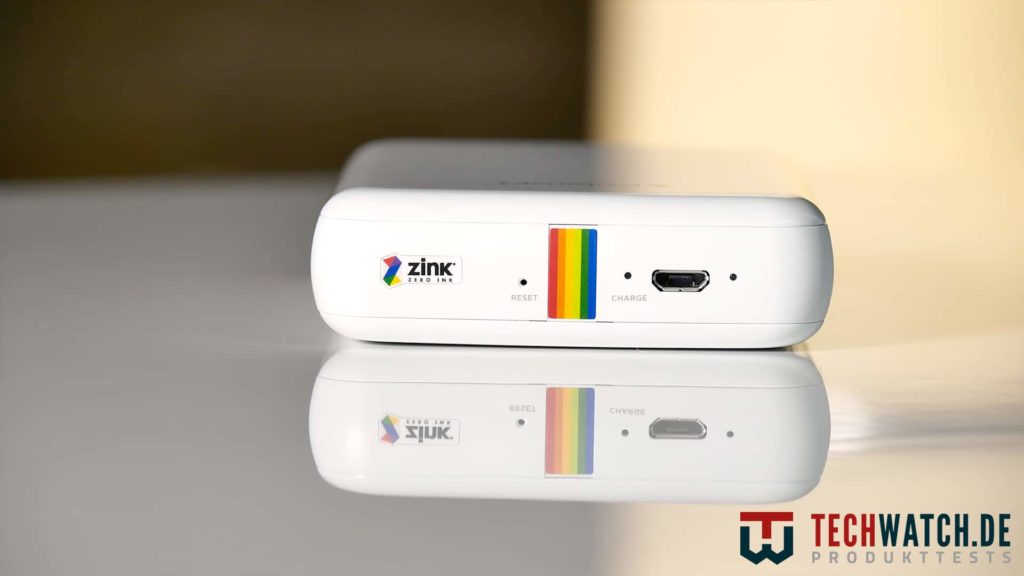
| Preview | Products | ||
|---|---|---|---|

|
Polaroid Zip... |
|
Buy now " |
